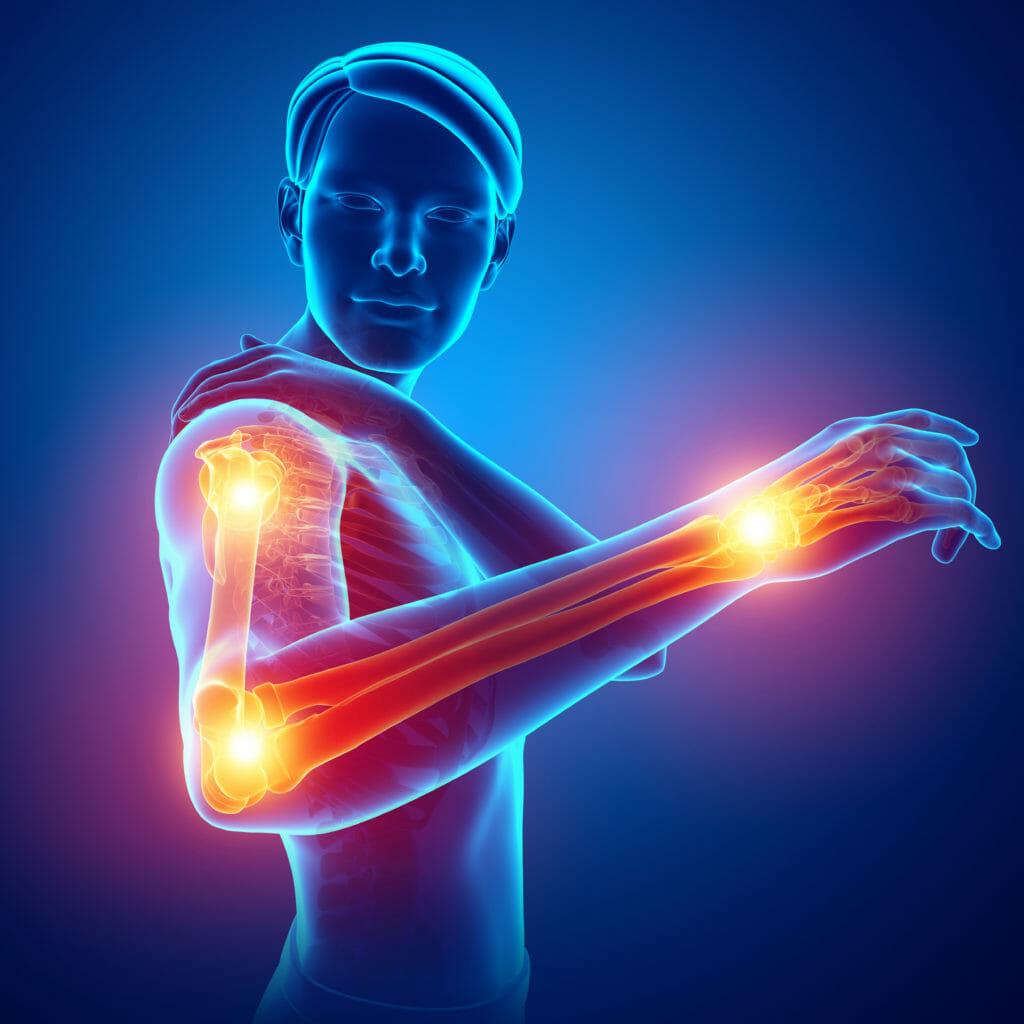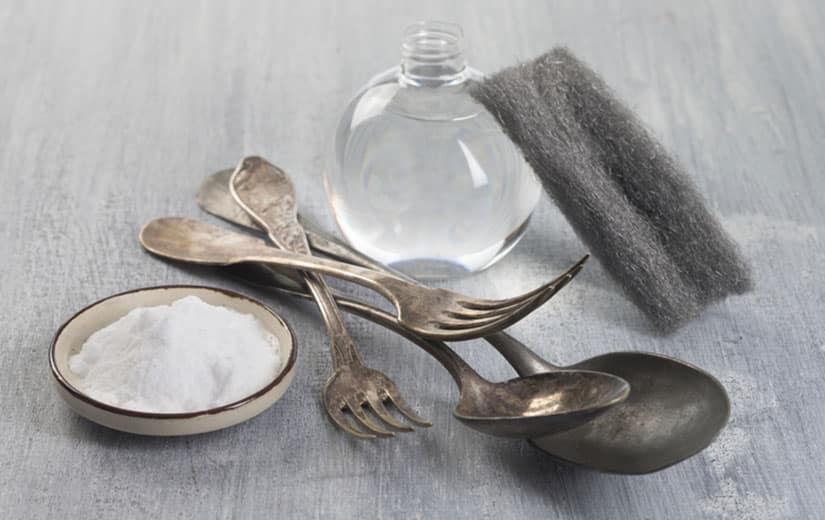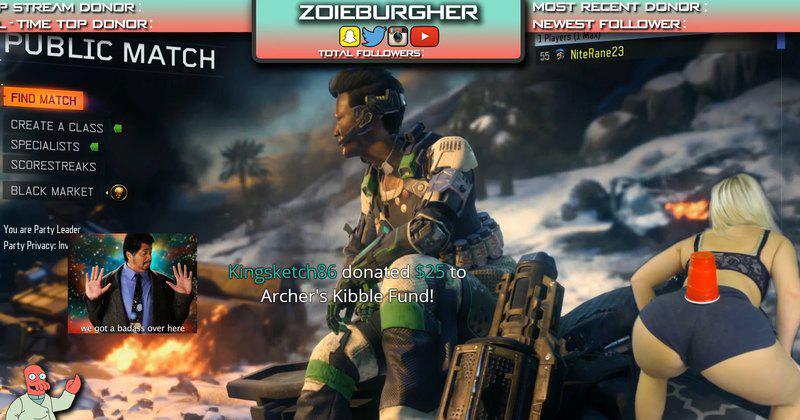
At the end of the first wave, funny injured people invaded sports medicine cabinets. The traumas have turned out to be very specific to this strange way of life! Summary of the most frequent mistakes not to be made again! Training tips adapted to this weird time!
Avoid repeating mistakes
The competitions had been canceled, the specific preparation programs erased from the schedules, one would have thought that the athletes would have spared their musculoskeletal system. Such was not the case! They tried to keep in shape in unusual conditions! It is not easy to prevent injuries when new mechanical stresses are imposed on joints, muscles and the skeleton.
Indeed, each practice, each session, each gesture solicits the body in a different way and the adaptation time of many tissues is particularly long. I like to explain this inertia by comparing a muscle, a tendon and a bone. The first is red, it is full of blood and vessels. He is well fed, well oxygenated, he is progressing quickly! He quickly improves his power and stamina.
Conversely, the latter are white and poorly vascularized. They laboriously repair themselves after the microtraumas inherent in training. They are slowly getting stronger! In fact, the progress of your physical condition is faster than the adaptation of your musculoskeletal system … and the latter does not take long to cry it out painfully! Of course, this observation is even more striking for those who, faced with the immobility of confinement, have benefited from a revelation: And, if the movement was beneficial! And, if it were pleasant to move! And if I became sporty!
Welcome to the infantry!
When the consultations resumed, I believed that military service had been reinstated. A nice makeover for your sports doctor already connected to traumatology when he had put on a beautiful khaki suit and a helmet decorated with plastic leaves to look like a tiny tree!
It was a wonderful experience to provide care for these poor sedentary conscripts undergoing a kind of three-week commando course called “classes”! Come to think of it, this period is reminiscent of the beginning of the confinement when repentant idlers and locked up sportsmen indulged in almost daily jogs or followed HIIT videos... aptly bearing their acronym of High Intensity Interval Training!
A veritable laboratory of sports traumatology, the army was at the origin of the description of fatigue fractures. Historically, this injury even bears the name of a military doctor, "Pauzat's disease". The latter had understood the lesional process even before the existence of x-rays. Doctor Pauzat had understood that it was a real bone crack caused by the repetition of micro stresses but without major shock.
Moreover, at the beginning of evolution, this lesion is so fine that it is invisible on the X-ray. However, it crosses the bone completely and when, by chance, the rays rigorously pass through the fracture line, the imagers describe it “like a hair on a porcelain plate”. The diagnosis becomes obvious a few weeks later, when a large bony callus appears; a bit like confirming the occurrence of a wound by noticing a large gash on the skin.
Now and especially after confinement, it is the MRI that has shown the existence of many stress fractures! All the classic locations were present: the small bones of the foot, the heel and especially the tibia!
This last location was frequently preceded by the famous shin splint, well known to athletes who abuse the tartan track. How can this phenomenon be explained when sport is known to prevent osteoporosis and strengthen bones?
This is because of the “decompensation/overcompensation” rhythm. Physical activity creates microlesions that the body repairs by strengthening the tissues, as if to prepare for a new attack. However, if the intensity or the frequency of the constraints exceed the capacities of regeneration between the sessions, the organization weakens little by little! Each jump, each stride causes microscopic bone cracks in the axis of the stresses and it takes time to consolidate them!
Note that this process is beneficial and truly adaptive since the reconstruction generates well-oriented spans to respond to the mechanical stress of the new exercise! This is why sport is beneficial to densify the bone but also to improve its microscopic architecture.
Unfortunately, these physiological processes evolve in cycles and it is validated that during the first three weeks, resorption phenomena largely predominate. Army classes and the start of confinement then constitute an ideal time to have a nice stress fracture!
Sports practice can then easily respond to biological theory! It is advisable to add, only every three weeks, a weekly session of jogging or HIIT with jumps. For those just starting out, start with 20 minutes and add 5-10 minutes to each ride.

In the meantime, nothing prevents you from doing cardio and reinforcement but without reception or impulse. For endurance, an exercise bike, elliptical or rowing machine are ideal. Hurry up to order before the specialized sites are robbed, like at the start of the first wave!
Nordic walking can be negotiated as a good compromise since the shocks are less violent and the poles reduce the stress on the lower limbs by 15%. Strengthening the upper limbs and the trunk also allows recovery from running. But strengthening the legs is not excluded if it is a non-impact exercise such as a squat or a lunge!
Bodyweight training is for monkeys!
During the first confinement, you tried to do some bodybuilding. In the absence of equipment, you have opted for bodyweight reinforcement. It is surely well adapted since it is natural!
Morality, a few weeks later, many of you have made an appointment with your sports doctor for pain in the wrists, elbows and shoulders. Undoubtedly, the injuries predominated in the upper limbs while the lower limbs were spared by this falsely reassuring concept of “bodyweight bodybuilding”!
Guess why? Because for 6 million years we have been bipeds and our arms are no longer made to carry us, see us swinging from branch to branch! In short, pull-ups are not ideal for the health of recreational athletes!
It is finally rather indicated for a 22-year-old firefighter, crossing a palisade, to save a pretty woman stuck in the flames!
Pull-ups do a lot of damage to the tendons of the elbows, which are particularly used to flex the fingers and tighten the bar. The wrists take on heavy torsional stress, especially when gripping in pronation. Finally, the shoulders suffer from tendinous and meniscal jamming, especially when you spread your elbows.
How to Apply For a Fannie Mae Loan https://t.co/mKhajTgzBd
— Jennifer Tarn Sat Feb 02 16:30:10 +0000 2019
Push-ups cause less injury because a good proportion of the weight goes through the tiptoes. Note all the same wrist pain due to its crushing in hyperextension, easily prevented by performing the movement on the fists.
In practice, have a few adjustable dumbbells or dumbbells of different weights delivered. Show humility in burdens. For the health of the musculoskeletal system and even for the heart, it is better to multiply the repetitions with light loads.
Going until muscle burn in 30 to 40 repetitions is a winning strategy.
Multiplying small constraints turns out to be less aggressive and more adaptogenic. Sort of like it's better to go down the stairs than to jump from the first floor. This method allows an excellent "joint break-in" to activate tissue reinforcement. All the muscle fibers work “successively” while they do it “simultaneously” with heavier loads, but in the end, the whole muscle will have been well trained.
The energy expenditure will even have been higher in the “light loads” version, as a marathon runner burns more calories over 42 kilometers than a sprinter over 100 meters!
TRX or other "suspension straps" are also ideal for home training. Inexpensive, easy to install, they adjust in length so that your exercise is carried out with a "component of your weight" chosen according to your current level. You can even perform a good number of movements combining upper and lower limbs without forgetting the inevitably associated sheathing component. This is how your session also becomes cardiovascular thanks to the significant muscle mass involved.
On the other hand, squats on one or two legs, lateral or frontal lunges are welcome to strengthen the lower limbs without injuring themselves. And since each of your legs is meant to lift your body weight, when you use both, it's possible and natural to add weight. Kettlebell between the thighs or weighted vest if you are equipped but also a backpack full of books will do the trick! To further increase the difficulty, do not hesitate to add instability by climbing on your mattress or by closing your eyes.
Triathletes can't ride a bike!
Many cyclists have used and abused the home trainer. They ended the first confinement with pain in the front of the knees. In the language of a sports doctor, we speak of "forced patella" to describe this table of overwork at the level of this bone pulley crushed against the femur during the extension of this joint.
How to explain the resurgence of this injury? In reality, many of you have been practicing during the week when you weren't doing it before, or at least not as much! Gradually you have acquired the mind to light up during these short, more intense sessions. You have even kept or even multiplied the long sessions trying to reproduce the Sunday outing. But, your patella experienced things differently. In fact, on Sundays, you ride, you climb, but sometimes you freewheel and you "take the wheel" of a friend... In short, your kneecap recovers! This term is all the more relevant since your cartilage is not vascularized and needs pressure reduction to draw in oxygenated and nutrient-rich blood again.
Some triathletes have even made it a point of honor to work on the tolerance of the lying position on the machine, arms on the extension. Under these conditions, the hip suffered. The femur hit the pelvis, which was particularly tilted forward, and the cartilage was damaged! This lesion is called “hip impingement”… and to think that cycling had always been the emblem of sport beneficial for this joint.
But, if the title of this paragraph teases the ego of the followers of the triple effort it is not only for this reason. I've seen plenty of seasoned triathletes compete in bike races through the fun and easy-to-use Zwift training software. Thus, multiple competitors met at the same time to participate in a scheduled race on a beautiful authentic and beautifully illustrated course.
But coming out of the water it's less rowdy than at the start of a cycling event. You have to go cold and hard to nab the right group. And then the breakaways multiply while the chained sports specialist is more used to managing his pace at constant speed. In short, the kneecaps, the back, the physique and the morale of the triathletes have suffered! So, be careful!
Warm up before these friendly but violent sessions. Ride at your own pace! Do not abuse these inevitably intense competitive sessions. With friends, also use Swift for land outings on pretty courses.
Lockdown is not a classical dance workshop!
There were also many of you, and above all many, who wanted to gain maximum flexibility during confinement. It was necessary to take advantage of the time available and the casual dress to stretch. In addition to the Zumba videos and floor bar tutorials, the challenge was to access the splits on the day of regained freedom.
The search for the Holy Grail led above all to the discovery of upper hamstring tendinopathy. This injury corresponds to micro tears in the tendon of the muscles located behind the thigh, where it fits into the pelvis. This lesion is mixed both fibrous and bony. It preferentially affects women who have a deficiency in estrogen, the anabolic female sex hormone like testosterone in men.
As you can imagine, menopause is the main risk factor. However, we must add sports hyperactivity and thinness. Against this background, the body interrupts menstrual cycles and hormonal secretion. Everything happens as if the lack of energy reserve could not allow a successful pregnancy.
Evolutionary medicine gives a more holistic interpretation. In the Palaeolithic, in times of scarcity and great migration, it was not appropriate to become a mother. Athletes who are into fitness, running and especially dance often place themselves in this biological configuration because of their intensive training and dietary restrictions.
Let us add that psychological stress ends up exhausting the hormonal cascade. And it is omnipresent in this period of confinement where health anxiety combines with economic anxiety and possible family tensions of promiscuity. In all these situations, estrogen deficiency reduces the synthesis of tissue proteins, whether bone or tendon.
In short, this is not the time to pull like a brute on your tendons, especially if you are very thin or menopausal! Remember that the frenzied gain in amplitude is not useful for health. The controversy over the indication and the dangerousness of stretching resonates well with this article.
However, if you want to slowly gain in amplitude, you must maintain the positions for at least 30 seconds, without swinging or jerking. The posture should not be painful, a feeling of tension is possible but it is necessary to find the attitude so that this perception is located in the muscular body and not in the tendons near the joints.
For tissue recovery reasons, you should not perform these exercises more than every other day. Mobilization for health exists in particular in cases of osteoarthritis where it is necessary to maintain a physiological range of motion. As such, cycling and breaststroke are emblematic activities to fight against stiffness in the event of hip osteoarthritis.
Conversely, the broad movements of dance or combat sport cause shocks between the femur and the pelvis and wear this joint out prematurely. The concept of fascia gives us another indication of stretching for health. The fibrous sac that branches out and surrounds our body is now considered an organ in its own right. In particular, it contains vessels and a large number of nerve sensors.
In the absence of mechanical stresses, it does not take long to become stiff. The most common example is given by someone who spends his days typing on a keyboard, his eyes glued to a screen. In these mechanical circumstances, the anterior fibrous mesh retracts and pulls on the back muscles, especially those that stabilize the shoulder blades. It is then the posterior chains that become exhausted and end up hurting! Thus, the painting responds to the adage of fasciatherapists: "The culprit is silent and the victim screams in pain!".
A global stretching including all the anterior, posterior, lateral or spiral fascias take all their indications here. This is how experimental physiotherapy methods find a theoretical explanation here. One thinks of the Mézières, McKenzie techniques and some rotation strategies which fit more in complementarity than in autonomous doctrine and omniscience.
Above all, we recognize the interest of ancestral and millennial practices such as Qi Gong, Tai Chi and especially yoga and meditation. In conclusion, these disciplines in their "initiation" versions and their possible tutorials on the internet are excellent methods for preserving and improving the amplitudes of our fascias during confinement.
Calm down without getting exhausted
In times of stress, sport also brings you peace of mind. Indeed, in response to the intense secretion of arousal hormones during exercise, the body responds by producing biological recovery messengers when exercise stops. The first step is particularly energy-intensive and can end up exhausting you! A solution exists both to potentiate the calm that follows your training. Relaxation and especially meditation are very effective. Receiving perceptions of breathing and body weight is associated with a release of so-called parasympathetic neuromediators, a source of relaxation and regeneration. So, do not hesitate to initiate yourself to meditation using Apps or CDs, especially in the minutes following your sports session.
Your well-being will be even more intense! You can repeat the experience at other times of your day. When boredom sets in, athletes and hardworking people tend to put their foot back on the accelerator, even if it means wringing out their cerebral messengers of vigilance! Meditation then brings you a solution to welcome and accept the idleness sometimes encountered in times of confinement and inevitable at other times in life.







